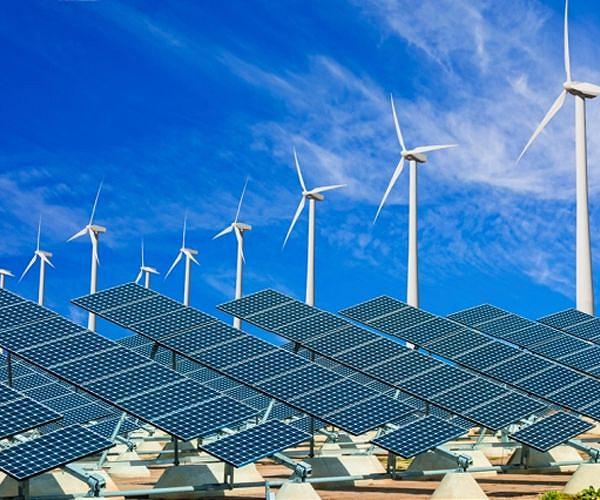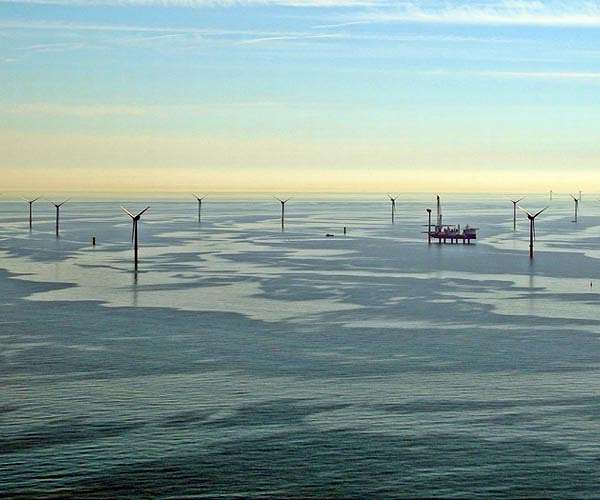
China’s expanding photovoltaic industry eyes global potential
by Simon Mansfield
Sydney, Australia (SPX) Aug 12, 2024
On a vast salt pan in Yinggehai town, located in Ledong Li autonomous county of Hainan province in southern China, a significant installation of 434,000 photovoltaic (PV) panels now delivers a continuous flow of clean energy.
As the largest centralized PV base in Hainan, the newly completed facility is capable of generating around 720 million kilowatt-hours of clean energy annually. This output equates to saving 288,000 tons of standard coal and cutting carbon emissions by 715,000 tons each year.
“The salt pan area is exceptionally rich in solar energy resources, with annual evaporation rates double that of rainfall, making it highly valuable for PV development,” said Wang Jiaping, project manager from Hainan Holdings Energy Co Ltd.
Wang also highlighted the complexities of constructing a PV power plant on a salt pan. The silt layer in the area reaches a depth of 7 to 8 meters, requiring precision in construction management to maintain pipe pile errors within two centimeters. To overcome these challenges, technicians employed satellite positioning and drone measurements to navigate more than 60 critical technologies, including water operations and intelligent inspections.
China’s mainland coastline, stretching approximately 18,000 kilometers, presents enormous potential for offshore PV development. Experts argue that marine-based PV installations offer several advantages over traditional land-based systems.
“PV power generation requires substantial ground space, and the available land for PV development is increasingly scarce,” said Cui Lin, deputy secretary-general of the Special Committee on Offshore Photovoltaic System, China Photovoltaic Industry Association. “Offshore PV, on the other hand, provides a broader deployment area for larger-scale applications.”
Offshore PV modules, which are positioned near or partially submerged in seawater, benefit from enhanced cooling and heat dissipation, leading to improved power generation efficiency, Cui added.
Coastal regions across China are also adopting offshore PV projects. In East China’s Fujian province, over 30,000 PV panel pipe piles have been installed in the seawater as part of the region’s first offshore PV project. Once operational, this project will generate an average of 300 million kilowatt-hours of clean electricity annually, saving 90,200 tons of standard coal each year.
Additionally, another offshore PV project is under construction in Lianyungang, East China’s Jiangsu province. The China National Nuclear Corporation’s 2 million kW PV demonstration project integrates PV with nuclear power, effectively reducing the negative environmental impact on marine ecosystems while supplying more clean energy to nearby cities.
Off the coast of Haiyang, East China’s Shandong province, the nation’s first pile-based fixed offshore PV demonstration project is functioning smoothly in waters with an average depth of 7 meters. These offshore PV stations are assembled on land before being transported offshore and installed underwater, necessitating high efficiency to cut costs and the use of strong, crack-resistant components.
As China continues to expand its renewable energy infrastructure, such projects are setting new standards for clean energy production. These efforts, centered on innovation, efficiency, and environmental protection, represent vital steps toward a more sustainable and energy-secure future.
In September 2023, the National Energy Administration proposed support for pilot offshore PV projects in regions with favorable solar energy resources and suitable construction conditions, such as salt pans.
China is also promoting the integration of photovoltaics with other industries. A white paper released last month encouraged the co-development of PV projects and marine aquaculture.
Looking ahead, offshore PV could be combined with offshore wind power, marine ranching, seawater desalination, and offshore hydrogen production, sharing space and resources to achieve large-scale offshore clean energy development, Cui said.
However, challenges remain. Anti-corrosion measures and preventing marine organisms from attaching to equipment are significant hurdles, Cui noted.
“Additionally, intelligent operation and maintenance pose a technical bottleneck after large-scale offshore deployment, as offshore installations cannot be easily dismantled and replaced like those on land,” he added.
Experts are urging enterprises to invest in research and development, promote technological innovation, and enhance the offshore PV industry’s competitiveness.
Related Links








